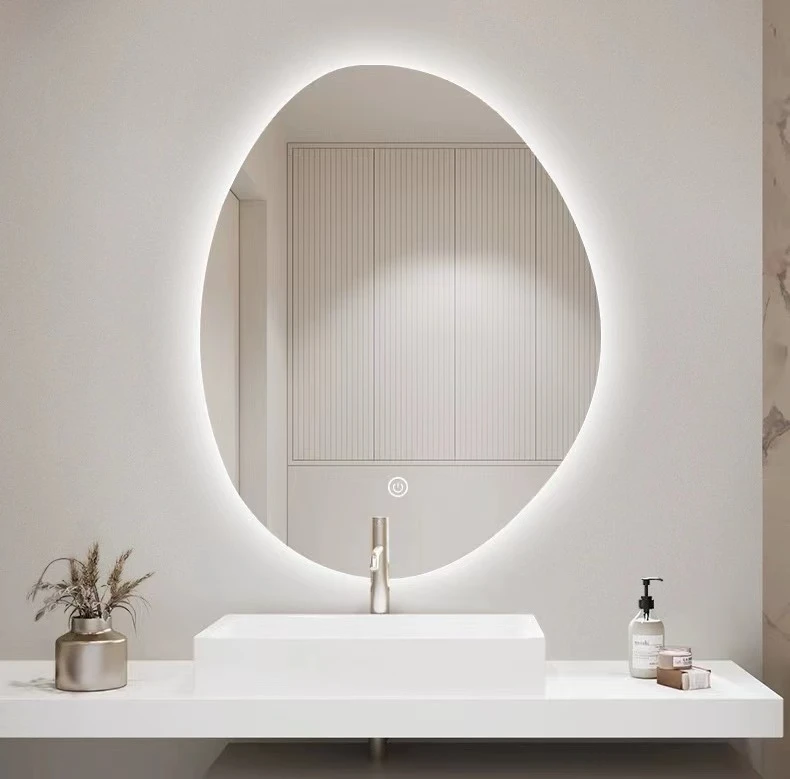

Understanding Low-E 272 Glass A Modern Innovation in Energy Efficiency
In recent years, the importance of energy efficiency in building materials has garnered significant attention. One such innovation that has made waves in the construction and architectural industries is Low-E 272 glass. This specialized glazing solution not only enhances the aesthetic appeal of buildings but also plays a crucial role in improving energy efficiency, contributing to sustainable practices.
Understanding Low-E 272 Glass A Modern Innovation in Energy Efficiency
One of the primary advantages of Low-E 272 glass is its ability to regulate indoor temperatures. During the hot summer months, buildings can quickly become uncomfortably warm due to excess solar heat. Traditional glazing often allows a significant amount of this heat to enter, leading to increased reliance on air conditioning systems and higher energy bills. In contrast, Low-E 272 glass minimizes heat absorption, helping maintain a comfortable indoor climate without the excessive use of cooling systems.

In winter, Low-E 272 glass plays an equally vital role. The unique coating helps retain indoor heat by reflecting it back into the room, reducing the need for heating systems. This capability not only enhances comfort but also results in substantial energy savings, making buildings more sustainable over their lifecycle.
The environmental benefits of using Low-E 272 glass extend beyond energy savings. By reducing the dependency on heating and cooling systems, buildings equipped with this glass contribute to lower carbon emissions. This aligns with global efforts to combat climate change and move towards greener construction practices. Additionally, many energy-efficient buildings equipped with Low-E glass often qualify for green certifications, which can improve property value and appeal to environmentally conscious buyers.
Furthermore, Low-E 272 glass does not compromise on aesthetics. Its clarity and ability to transmit natural light mean spaces remain bright and inviting, creating a pleasant environment that enhances productivity and well-being. Architects and designers appreciate the versatility of Low-E glass, which can be utilized in various types of installations, from residential homes to commercial skyscrapers.
In conclusion, Low-E 272 glass represents a significant advancement in glazing technology, combining energy efficiency with aesthetic appeal. It offers a practical solution for modern buildings seeking to reduce energy consumption and environmental impact while providing a comfortable and attractive space for occupants. As sustainability continues to be a guiding principle in construction and design, products like Low-E 272 glass will play an integral role in shaping the future of energy-efficient architecture.